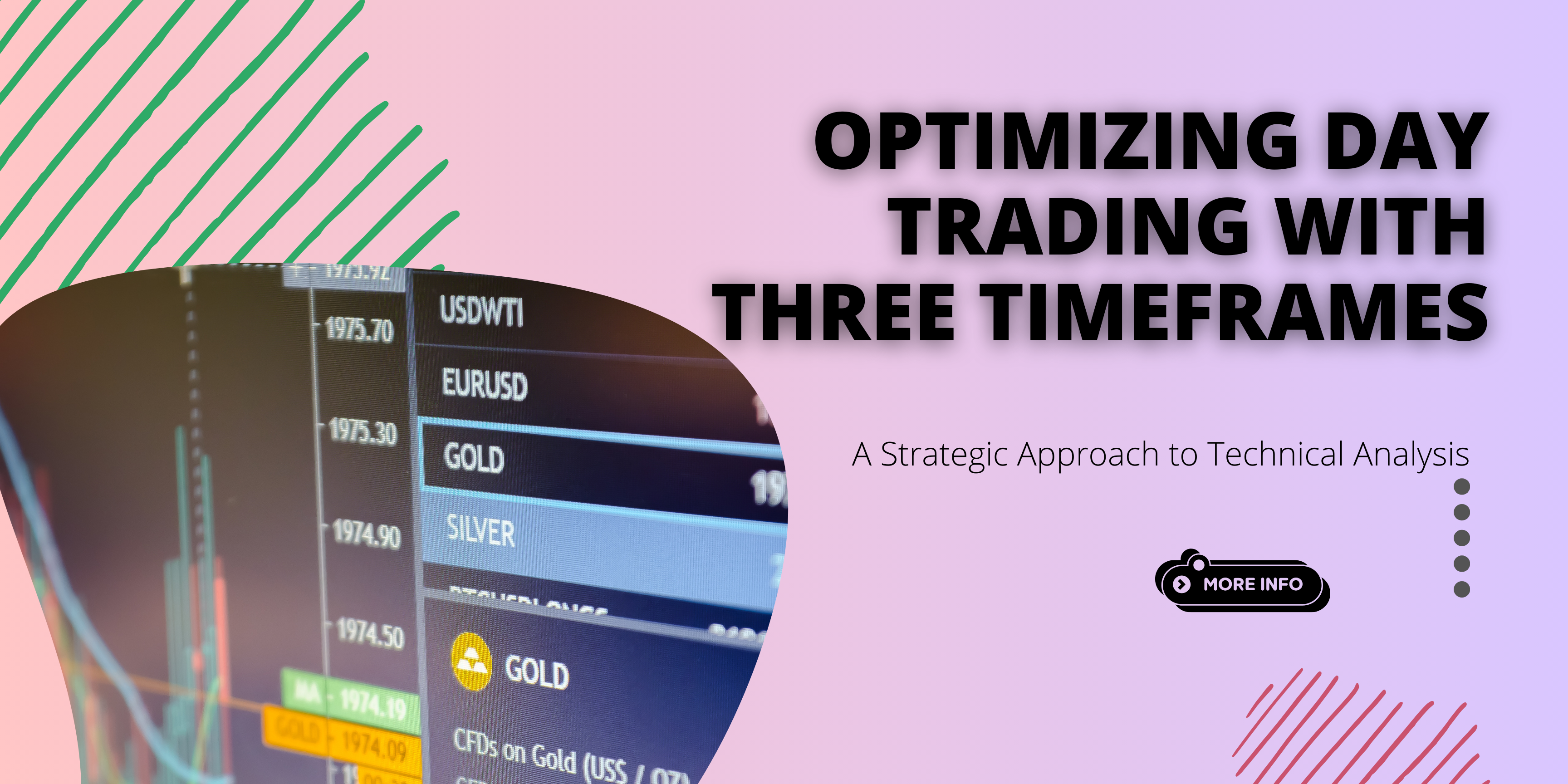Fibonacci retracement is a widely recognized tool in technical analysis, utilized by traders to pinpoint potential support and resistance levels in financial markets. This method is grounded in the notion that prices often retrace a predictable segment of a movement, after which they could potentially continue in the same direction. The retracement levels are computed …
How to Trade by Using and Applying Fibonacci Retracement

Fibonacci retracement is a widely recognized tool in technical analysis, utilized by traders to pinpoint potential support and resistance levels in financial markets. This method is grounded in the notion that prices often retrace a predictable segment of a movement, after which they could potentially continue in the same direction. The retracement levels are computed using ratios derived from the Fibonacci sequence, a series of numbers in which each number is the sum of the two preceding ones.
To apply Fibonacci retracement, traders must first spot a substantial market movement, such as a recent upswing or downturn. Following this, they sketch a trendline from the start of the movement to its conclusion, and the retracement levels are plotted according to the crucial Fibonacci ratios of 23.6%, 38.2%, 50%, 61.8%, and 100%.
These levels serve as potential points of support and resistance, where prices might retrace before proceeding in the original direction. For instance, if a market has been on an upward trajectory and then retraces to the 38.2% level, traders might anticipate a buying opportunity, as the market is likely to resume the upward trend from that point.
Fibonacci retracement can be applied across all financial markets, including stocks, forex, and commodities. It is frequently paired with other technical analysis tools, such as moving averages, trendlines, and chart patterns.
One of the main advantages of Fibonacci retracement is that it offers traders a distinct set of levels to monitor for potential trading opportunities. Nevertheless, it’s crucial to remember that Fibonacci retracement is not an infallible tool and should be combined with other technical analysis tools and risk management strategies to enhance its efficacy.
Several well-known strategies have evolved from Fibonacci retracements, including their extensive use in Elliot Wave theory and Harmonics trading. One such prevalent strategy is the measure move approach.
The measure move trading strategy is a technical analysis technique that allows traders to determine potential price objectives based on the magnitude of a prior price shift. This strategy hinges on the belief that markets tend to move in recurring patterns, and that the magnitude of a previous shift can hint at the magnitude of a subsequent shift.
Subsequently, traders seek a similar pattern to emerge in the market, which they can employ to identify a potential price objective for the subsequent shift. For instance, if a market has previously risen by $10, and then retraced by $2, a measure move strategy might propose that the market will rise by another $10 once it has broken free from the retracement.
A common application of the measure move strategy is the “ABC” pattern from Elliot Waves. In this pattern, a market will undertake an initial move up or down (the “A” leg), followed by a retracement (the “B” leg), and then a second move in the same direction as the first move (the “C” leg). Traders can use the size of the A and B legs to forecast the potential size of the C leg.
For example, if the A leg of an uptrend is $10 and the B leg retraces by $2, a measure move strategy might suggest that the C leg will be approximately the same size as the A leg, or $10. This would imply a potential price target of $18 ($10 + $2 + $10).
The measure move strategy can be employed in any financial market, including stocks, forex, and commodities. It is frequently used alongside other technical analysis tools, such as trendlines, chart patterns, and support and resistance levels.
One of the benefits of the measure move strategy is that it provides traders with a clear price objective to monitor, which can be used to establish profit objectives or stop loss orders. However, it’s important to remember that the strategy is predicated on historical price movements, and past performance is not always indicative of future outcomes. Traders should always use the measure move strategy in tandem with other technical analysis tools and risk management strategies to optimize its effectiveness.








